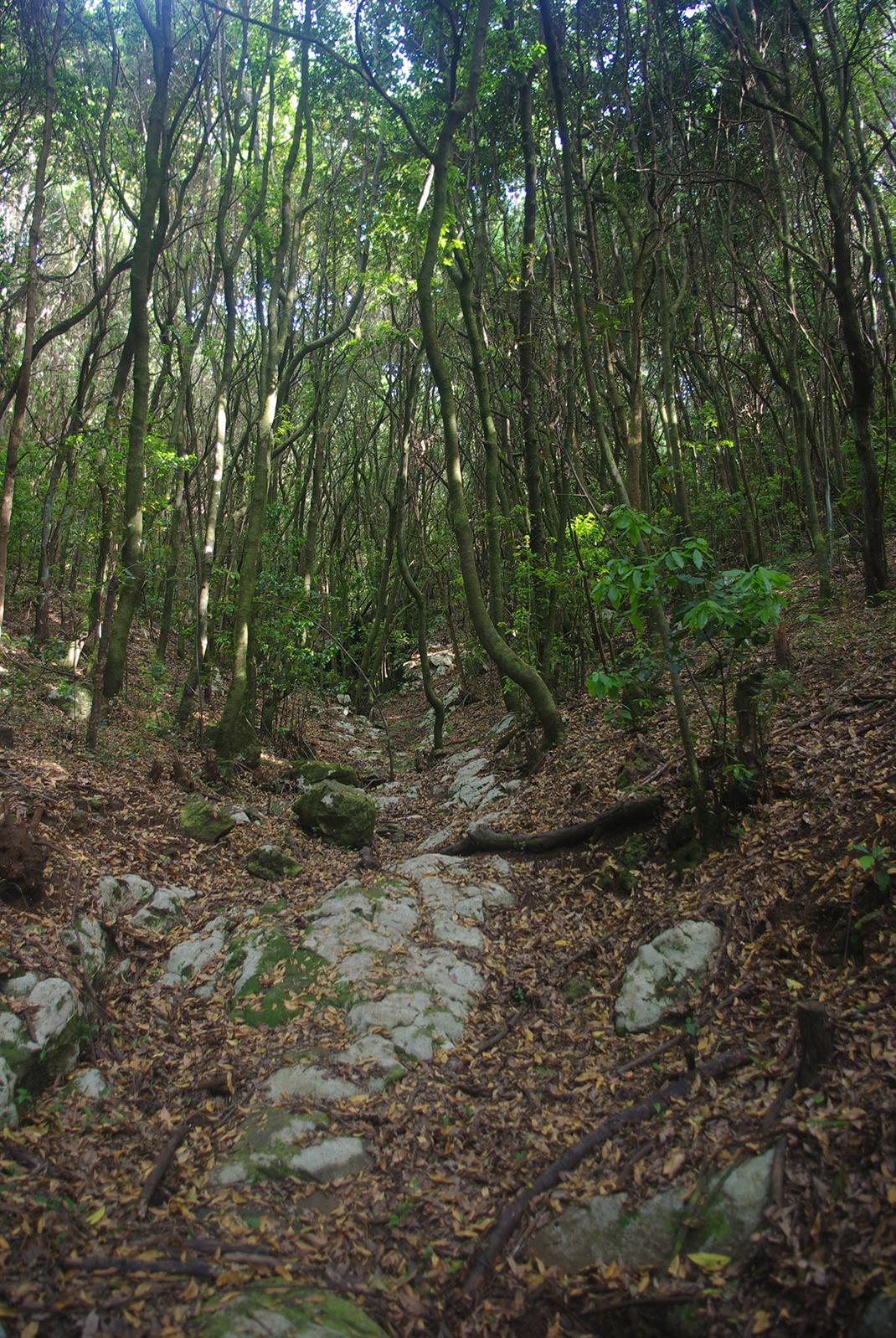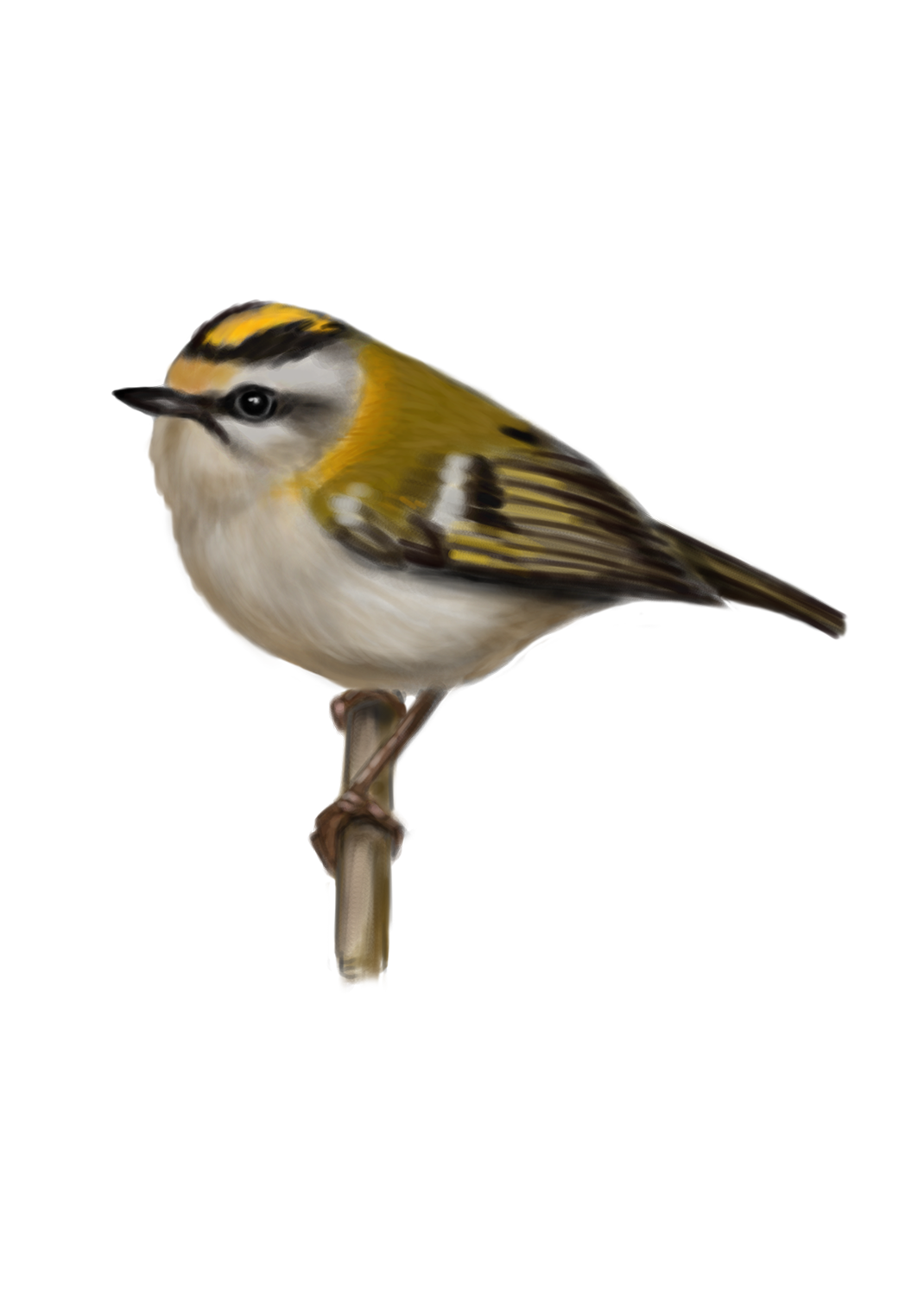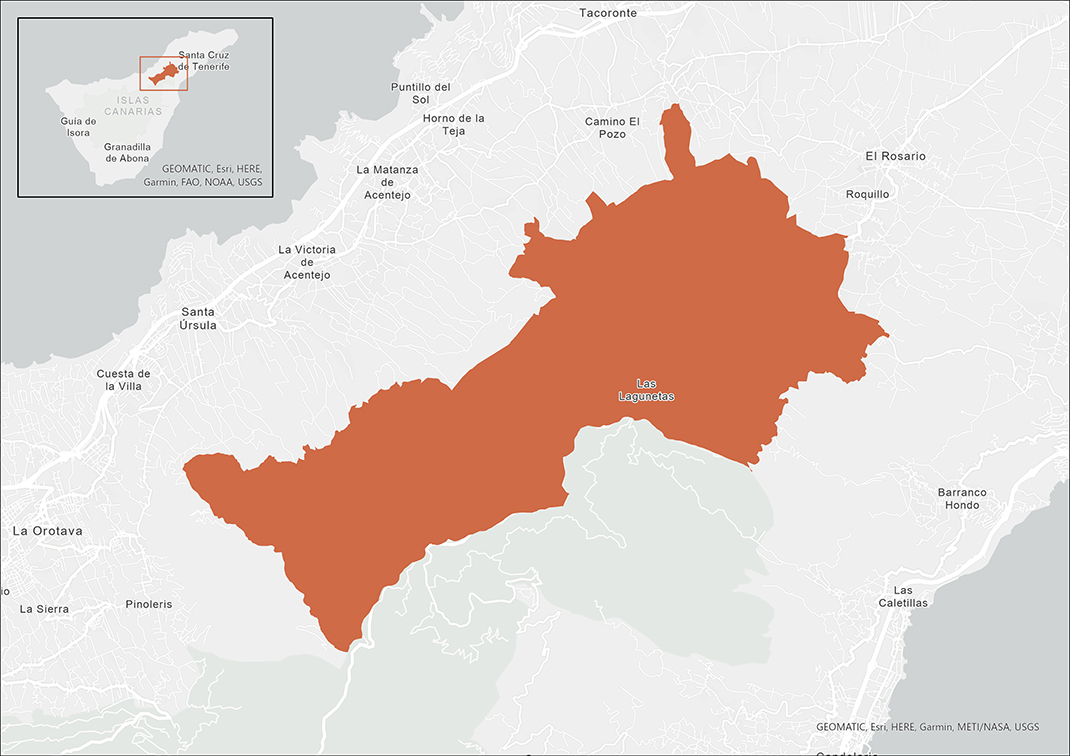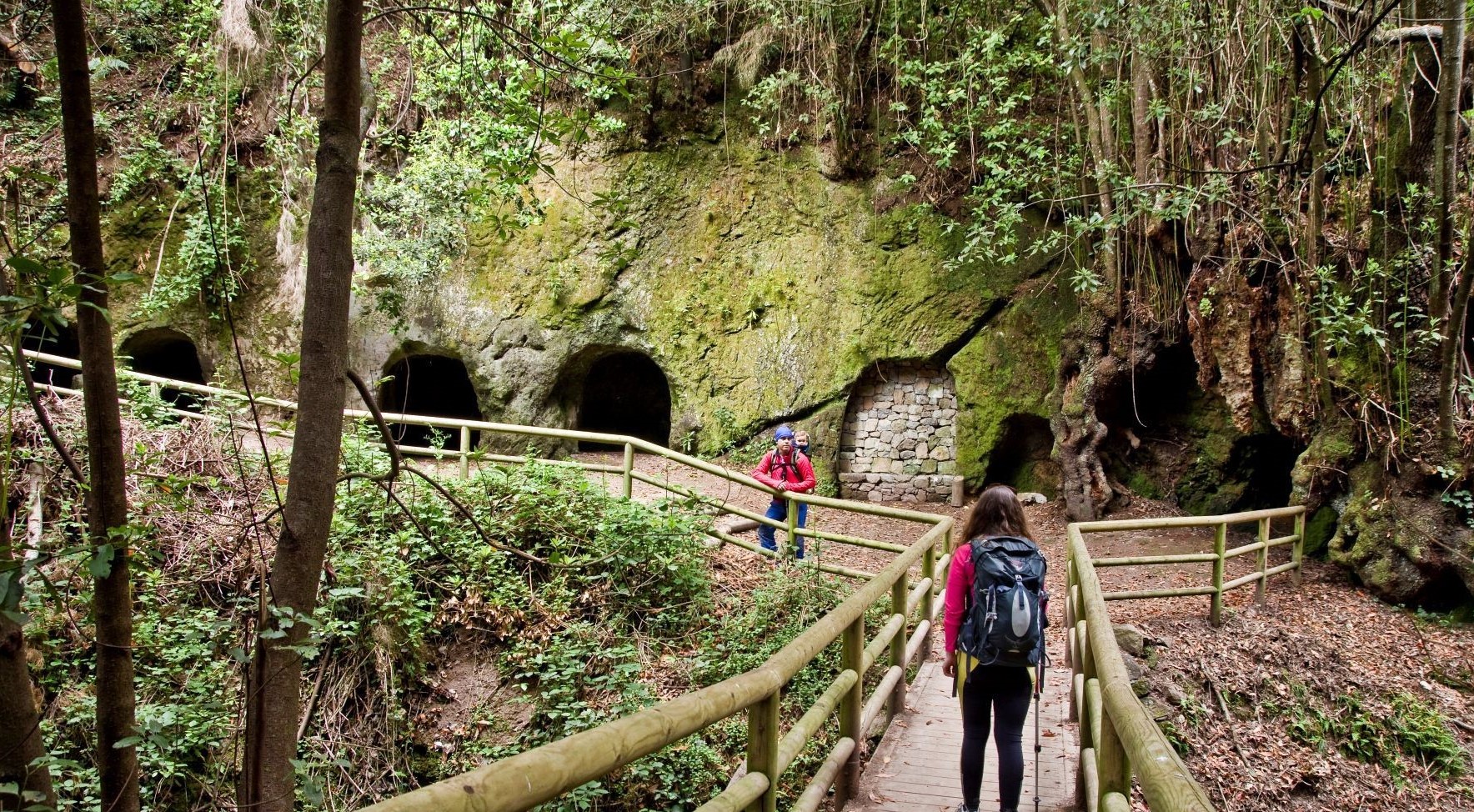Plan your next adventure
Tailor your own route along Tenerife’s trails quickly and easily..
Go to planner
The Las Lagunetas Protected Landscape is situated on the north side of the Pedro Gil ridge, in the north-east of Tenerife.
This ridge was formed over the course of numerous phases of eruption less than 700,000 years ago, and is the largest of three ridges that linked together Anaga, Teno and Adeje; the three points at which the island first emerged. They were later connected by the Abeque ridge in the north-west, Adeje in the south-east and Pedro Gil in the north-east.
Recommended time to visit: Spring and Autumn.
Today, the Las Lagunetas landscape is dominated by forests with steep slopes, ravines, ridges, hillsides and pyroclastic cones covered with pine forest and monteverde.
Located between 700 and 1900 metres above sea level, it occupies a large part of the island that is exposed to the trade winds.
When it comes into contact with the sea of clouds, the large mass of vegetation traps the humidity in the ground, thus playing a key role in aquifer recharge.

Some endemic, threatened and protected species thrive in Las Lagunetas.
Almost the entire surface of monteverde in Las Lagunetas is located inside the Las Palomas Special Nature Reserve. This includes:
The rest of the landscape is full of Canary pine forest with an undergrowth of jaras (Cistus symphytifolius), escobones (Chamaecytisus proliferus) and codesos (Adenocarpus viscosus). In some places the pines mix with monteverde of fayas (Morella faya) and brezos (Erica arborea).
The fauna in this area is mostly forest wildlife.
As in the rest of the island, the majority of species in this region are endemic invertebrates. These include some carabids, which are small predatory beetles that can only be found in Tenerife, such as the blind Vulcano carabid and the blind Chusy carabid.
The Tenerife brimstone butterfly can also be found here, as well as two forest flies that are endemic to the archipelago; the Canarian cobriza fly (Calliphora splendens) and the marmalade hoverfly (Episyrphus balteatus)
Reptiles include Gallot’s lizard (Gallotia galloti), the gecko, and the Canarian skink; as well as five species of bat, the only native mammals on the island. Although the Madeira pipistrelle is more common, it is also possible to spot the Canary long-eared bat and the rare Canary barbastelle bat (Barbastella barbastellus guanchae) inside many of the galleries in the reserve.
In terms of birds, some of the largest populations of laurel pigeons and Bolle’s pigeons can be found in the Las Palomas Special Nature Reserve.
Certain species representative of well-preserved forests also reproduce here, namely the great spotted woodpecker, blue chaffinch, common chaffinch, Eurasian blue tit, Eurasian sparrowhawk and the Eurasian woodcock.

3,800.1 hectares (1.8% of the island)
Acebiño (Ilex Canariensis), faya (Myrica faya), brezo (Erica arborea), pine, pastel de risco (Aeonium tabuliforme), retamón (Teline canariensis), codeso (Adenocarpus viscosus), jara (Cistus symphytifolius), escobon (Chamaecytisus proliferus), viñatigo (Persea indica), laurel tree (Laurus novocanariensis), barbusano (Apollonias barbujana), Naranjero salvaje (Ilex perado), Canary Island bellflower (Canarina canariensis), cresta de gallo (Isoplexis canariensis), madroño (Arbutus canariensis), sanguino (Rhamnus glandulosa), blue chaffinch, great spotted woodpecker, Eurasian sparrowhawk, common chaffinch, Canary long-eared bat, Eurasian woodcock, Bolle’s pigeon.
Monteverde, pine forest.
Monte de Agua García, Pinar de Las Raíces, Pinar del Roque, Reserva Natural Especial de Las Palomas, Barranco de Bensa, Barranco de los Garabatos, Montaña del Cerro, Montaña Grande, Cabeza de Toro.
To consult permits for use and updated regulations for this Protected Natural Area, visit the official website of the Government of the Canary Islands.

These are some of the points of interest you can find along this route.

Barranco de Toledo
Small ravine in the laurel forest of Agua García featuring the famous caves from which trachyte...
Tailor your own route along Tenerife’s trails quickly and easily..
Go to planner